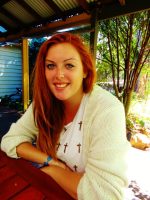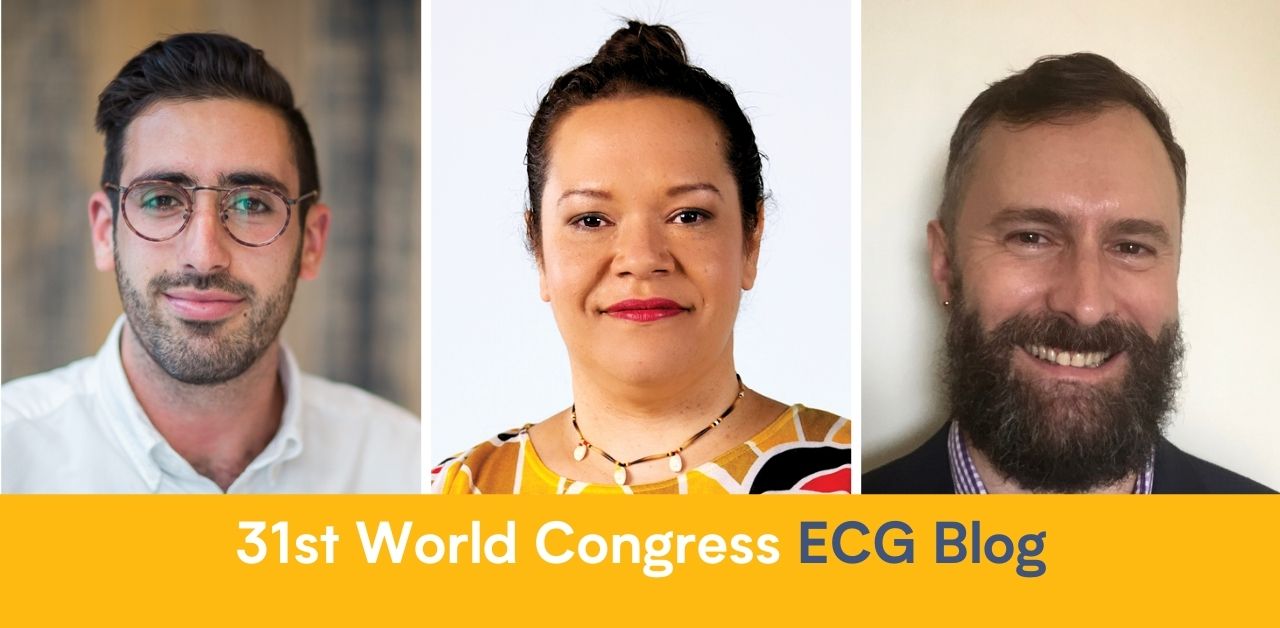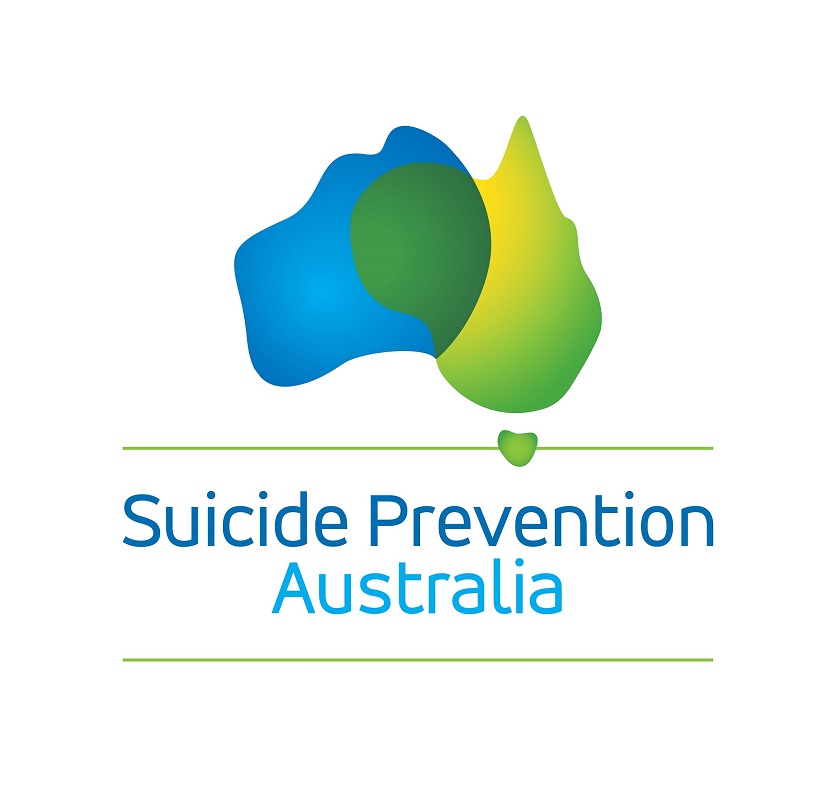I logged onto my laptop at 08:59 on Wednesday 22nd September, grateful for the virtual nature of IASP World Congress 2021 which had afforded me the opportunity to attend the first session of the day in my pyjamas.
At 09:00am Professor Vikram Patel began his incredibly informative presentation, as part of the lived experience keynote, which was entitled ‘preventing youth suicide: A global health priority’. Having given some useful background information on youth suicide, including about the interaction between neurodevelopmental stages of adolescence and the toxic environments that adolescents face today, I was excited to hear about the ‘way forward’ and how this might involve young people with lived experience. Unfortunately, at 09:15am, the temporary serviced apartment I’m currently staying at in Melbourne began shaking uncontrollably, as a result of a level 6 earthquake. Whilst I desperately tried to continue the livestream from my phone amid the chaos that was ensuing around me, I’m sorry to say that I was unable to follow the rest of Vikram’s keynote talk, nor did I manage to catch Dr Leilani Darwin’s or Dr Stephen Scott’s. Suffice to say I will be accessing the recorded videos of these as soon as they are available via the IASP platform. Also suffice to say, I was regretful about my choice of attire for the first session of the day, when I was forced to stand in central Melbourne in my matching flannel pyjamas. (Note to self: if you stay ready, you ain’t gotta get ready).
So, after an eventful morning, I was back in my apartment and excited to get stuck into the rest of the day. Day two of IASP 2021 saw a total of 9 keynotes, 19 symposiums, 35 oral presentations, 2 panel sessions and 2 workshops. Originally, I had planned to write in this blog about the common streams or threads that I had noted between the various presentations I’ve attended today. However, I soon realised that to do so would dilute the fantastic diversity of presentations on offer at IASP 2021, and so instead I think it would be more appropriate to speak session by session about some of the brilliant research I have heard about today.
First up, I attended the symposium ‘caring for those who care: meeting the needs of those who support family and friends experiencing suicidal crisis’. My interest in this seminar was a personal one, having written previously about my experience of supporting my partner through suicidal thoughts and behaviours. This seminar highlighted some innovative initiatives aimed at caring for those who care, including the development of an online program ‘Minds Together’ as well as the benefits of an already established online intervention ‘You are not alone’. The seminar also covered the process of co-designing a face-to-face carer support program. For me, one of the most interesting discussions in this seminar was around the language and definitions that we use to describe ‘carers’. It was highlighted that there is no definitive guide about what caring is and isn’t, and in fact the narratives of those with lived experience is often at odds with legislative definitions which state that an individual is not a carer simply due to their role as spouse, partner or family member. Importantly, I was reminded of the fact that all too often, people don’t actively make the choice to become a carer, and that fluctuating opportunities for providing care means that situational and ongoing support often falls to those closest to the individual, which can encompass partners, friends or family members.
My next choice in seminars was driven not so much by a personal interest, but an academic one, being about to pursue a role working in youth suicide research at Orygen. Thus, I was delighted to attend a symposium on ‘Suicide prevention in school settings: insights from Australia and Israel’. It was great to hear about the various initiatives that are taking place to prevent suicide in school settings, which present an acceptable and important setting for suicide prevention in young people. For me, the most valuable lessons from this session were those around practical advice on conducting such programs in schools. Key tips included the need to be flexible, to consider the capacity of school staff in assisting with programs, and to carefully think about the sorts of resources that young people may or may not be happy to be referred to.
For the penultimate session of the day, I again took advantage of one of the silver linings of a virtual conference and session hopped between two symposiums; ‘an innovative community-based brief psychological model for men in suicidal crisis’ and ‘innovative methods and strategies to advance translation of social connectedness to youth suicide’. Across the two sessions I was lucky enough to learn from two diverse projects, both of which had benefitted from co-production. The first, James’ Place, is a service which aims to support men facing a suicidal crisis and encourage them to find hope for the future. This service was co-designed with a range of stakeholders including men with lived experience as well as service providers, clinicians and funders. The second, #ChatSafe, denotes a set of guidelines developed to encourage young people to communicate safely about suicide on social media. Co-production with young people was used in this project to design animations to help bring these guidelines to life and make them more accessible to young people. Both projects were shown to be a huge success, and I have no doubt this was, at least in part, due to their collaborative, participatory nature.
The final session of the day is now somewhat of a blur to me, given that in this session, I gave my first ever keynote presentation. Along with two other fantastic early career researchers, I was fortunate enough to present on ‘The struggle is real: navigating patient and public involvement as an early career researcher’.
I hear also that the 'Navigating Male Suicide with a Lived Experience' panel concurrent to my keynote was outstanding so I will certainly be finding the recording of this one. Although I said that I wouldn’t focus too much on ‘themes’ throughout the day, I am happy to report that collaboration, co-production and lived experience has been at the heart of much of what I have listened to today. All this is, of course, likely to be impacted by the fact that I have a keen interest in this and have therefore sought out sessions specifically that speak to this interest. However, I am glad to report that there is now an abundance of suicide research being presented that is informed, managed and shared by individuals with lived experience. I, personally, think this is a fantastic stride forward for our field, and look forward to the next IASP world congress where this will hopefully be yet more palpable.

Laura Hemming
University of Manchester
@@LHemming123





